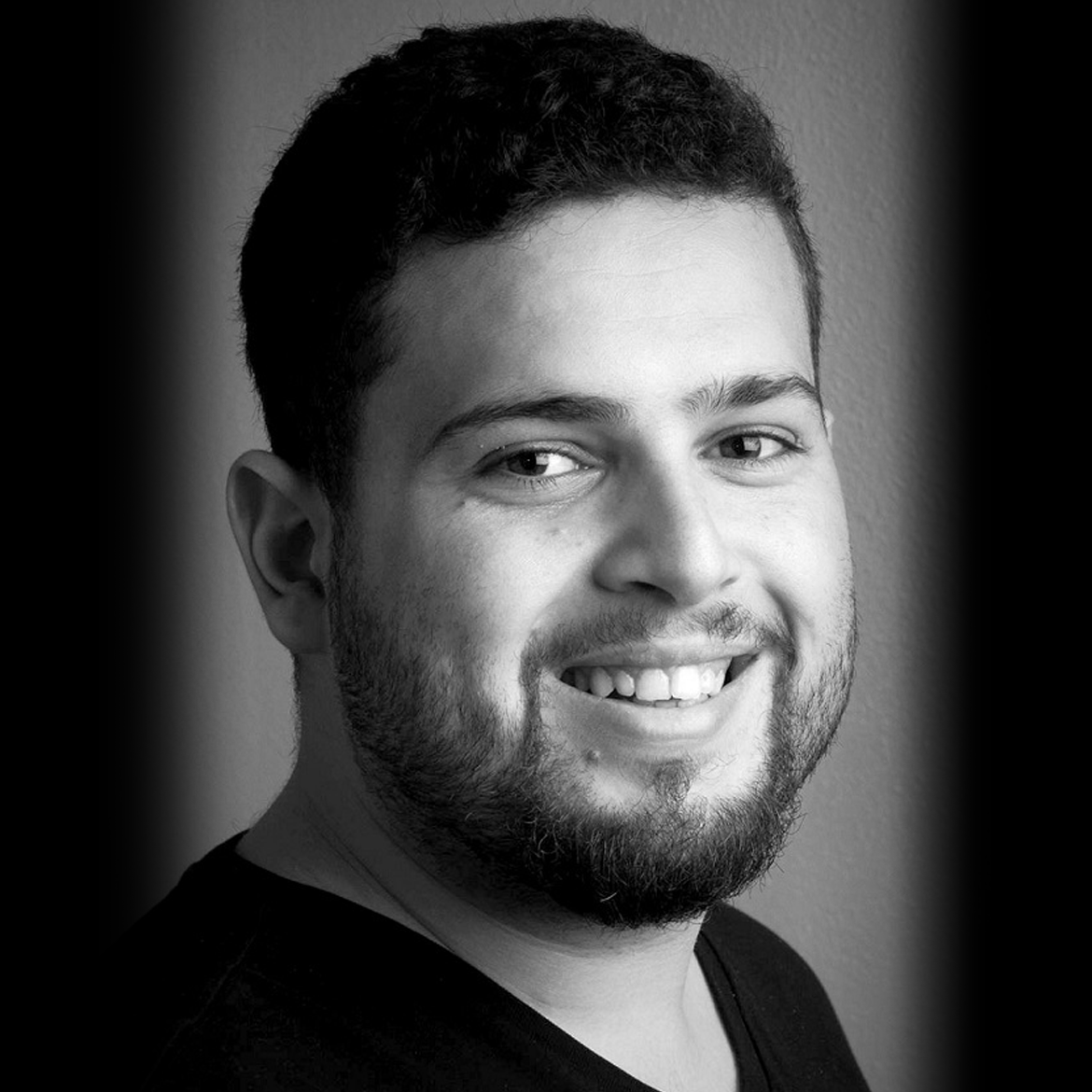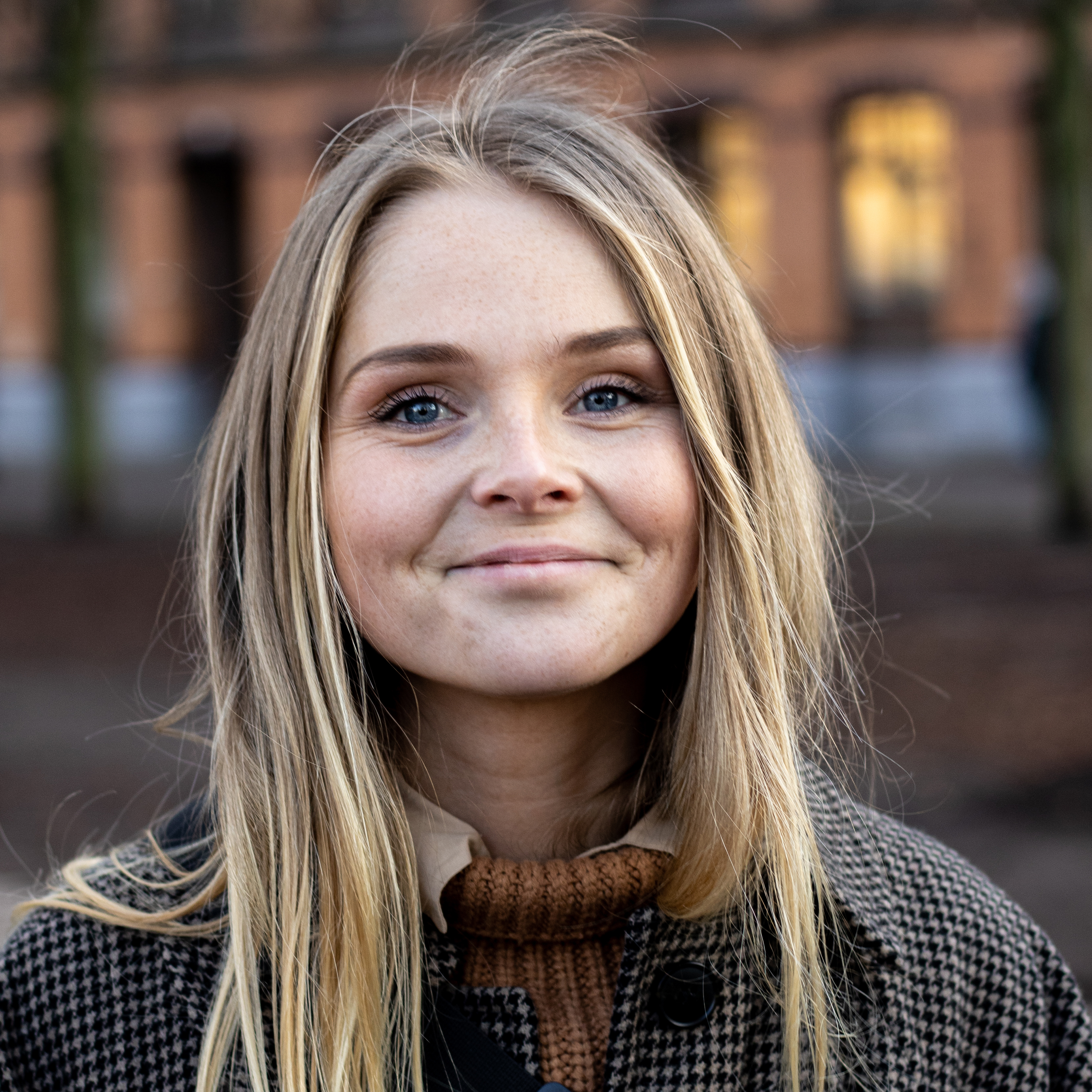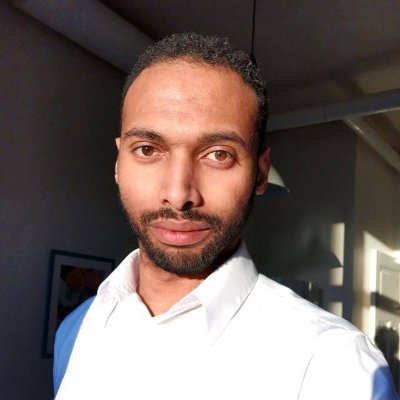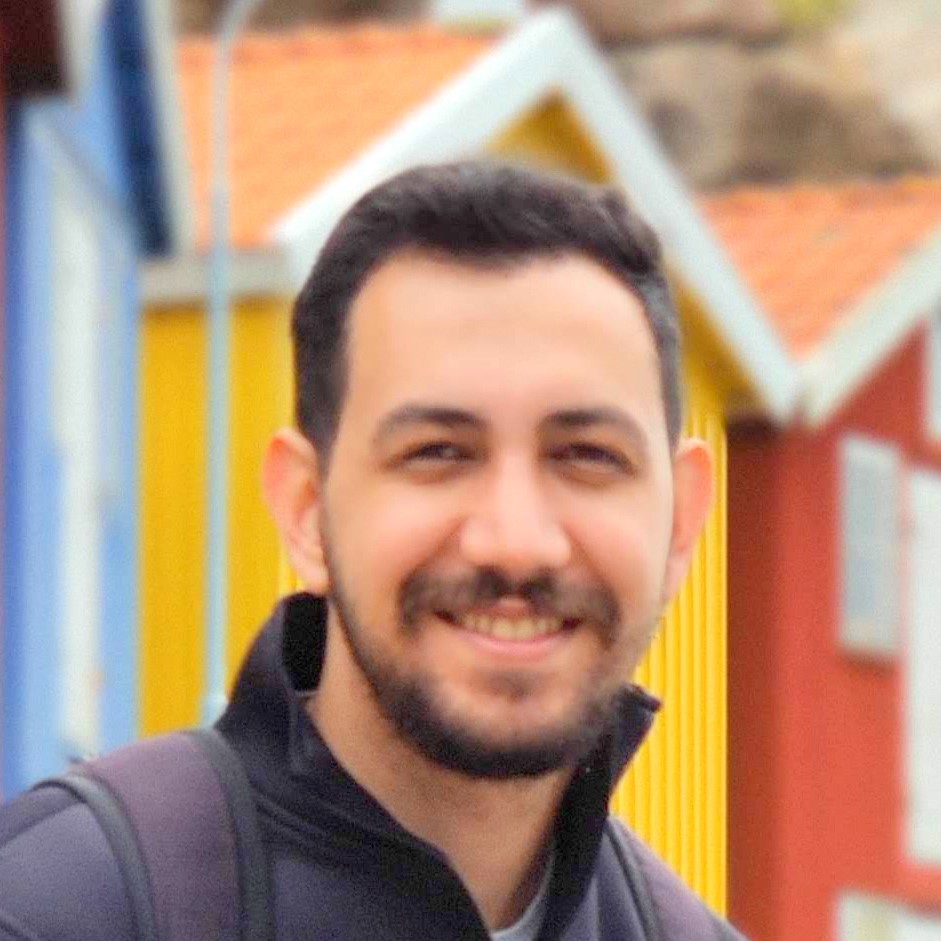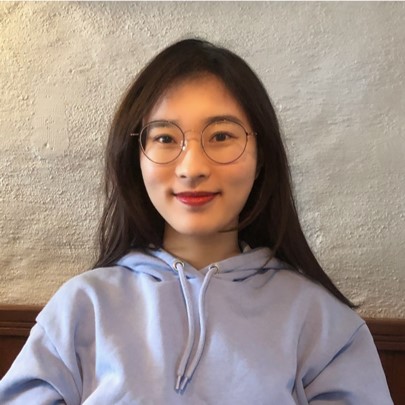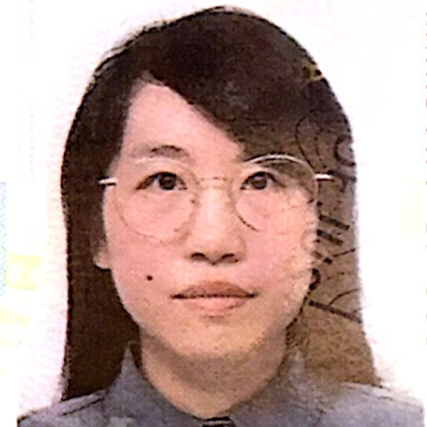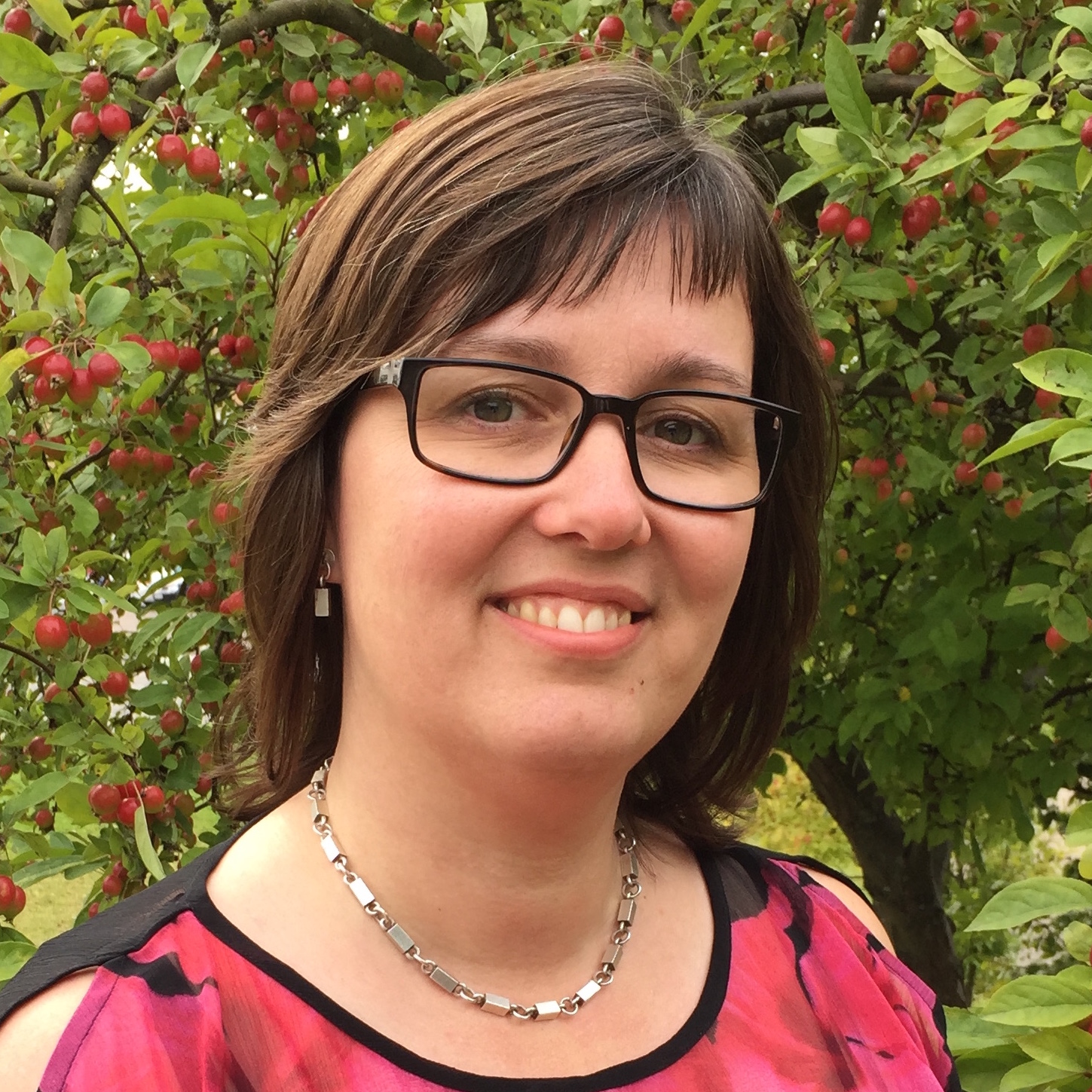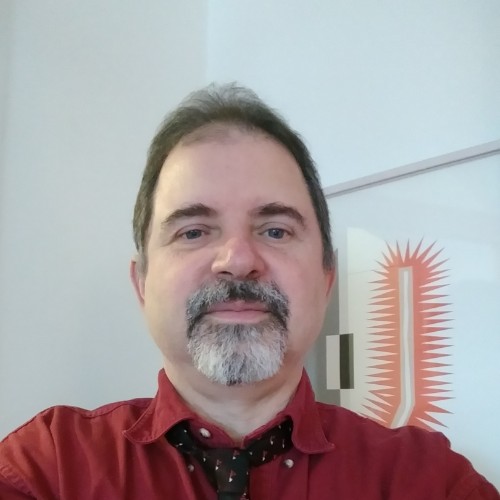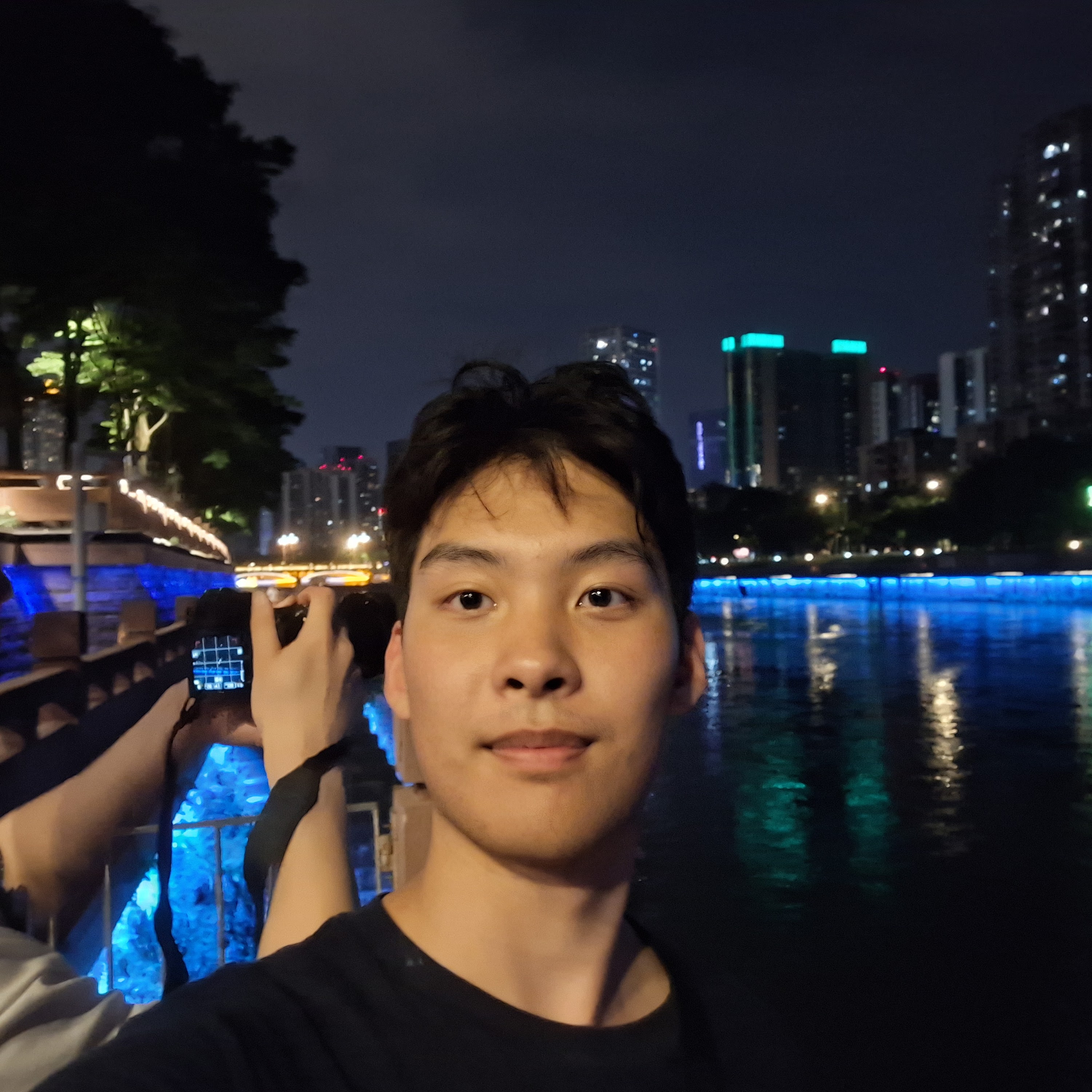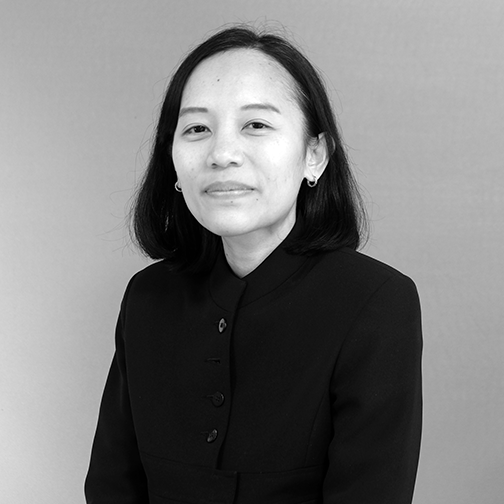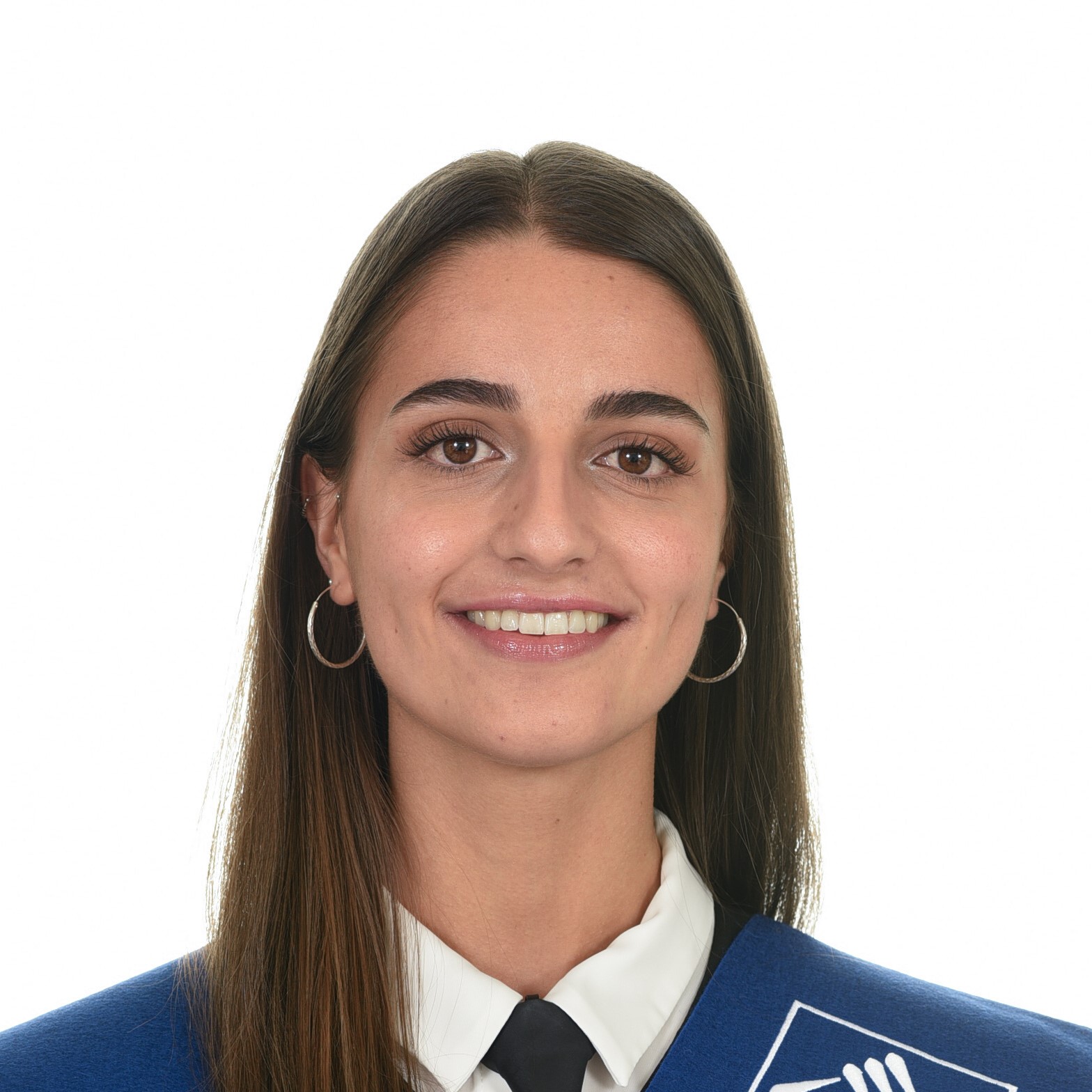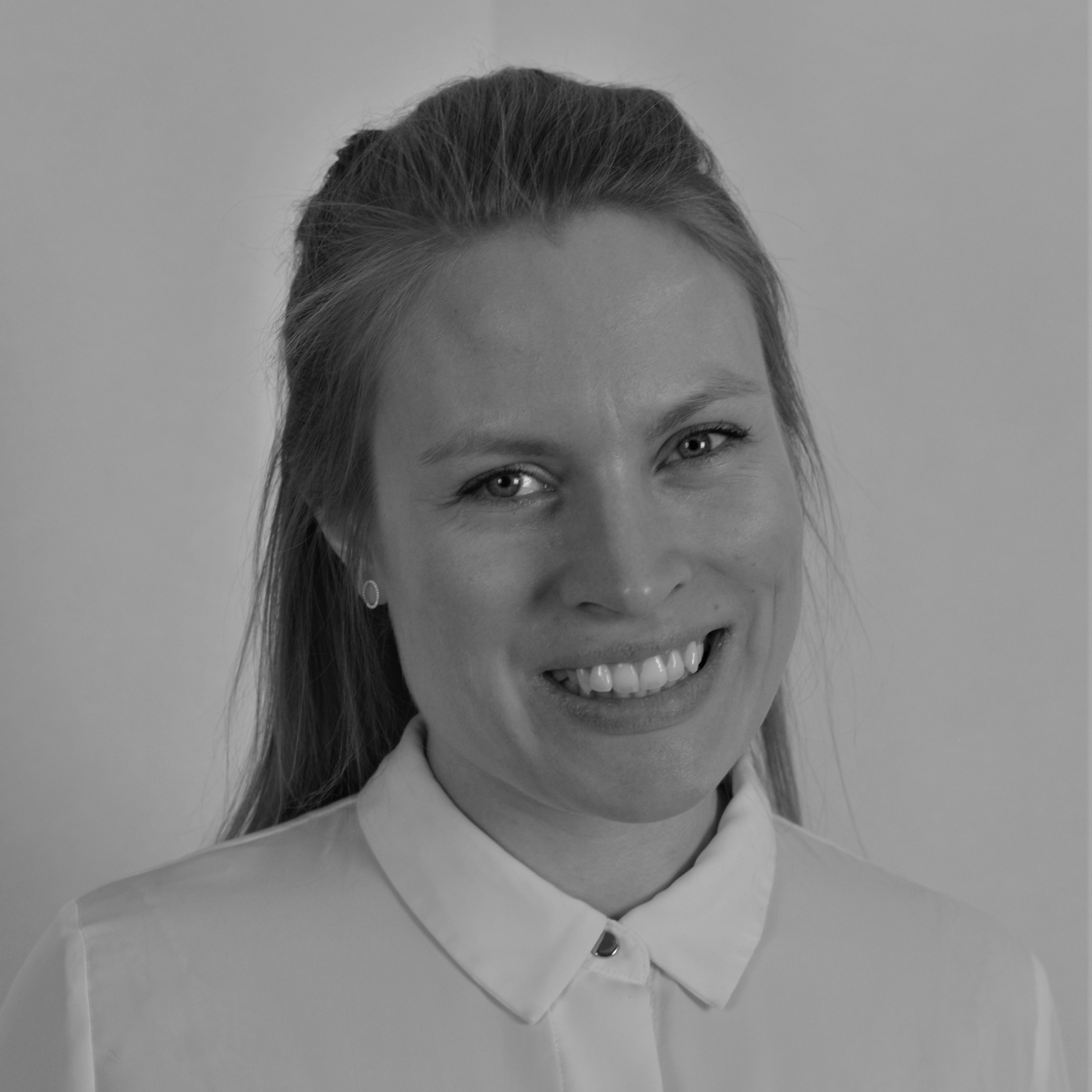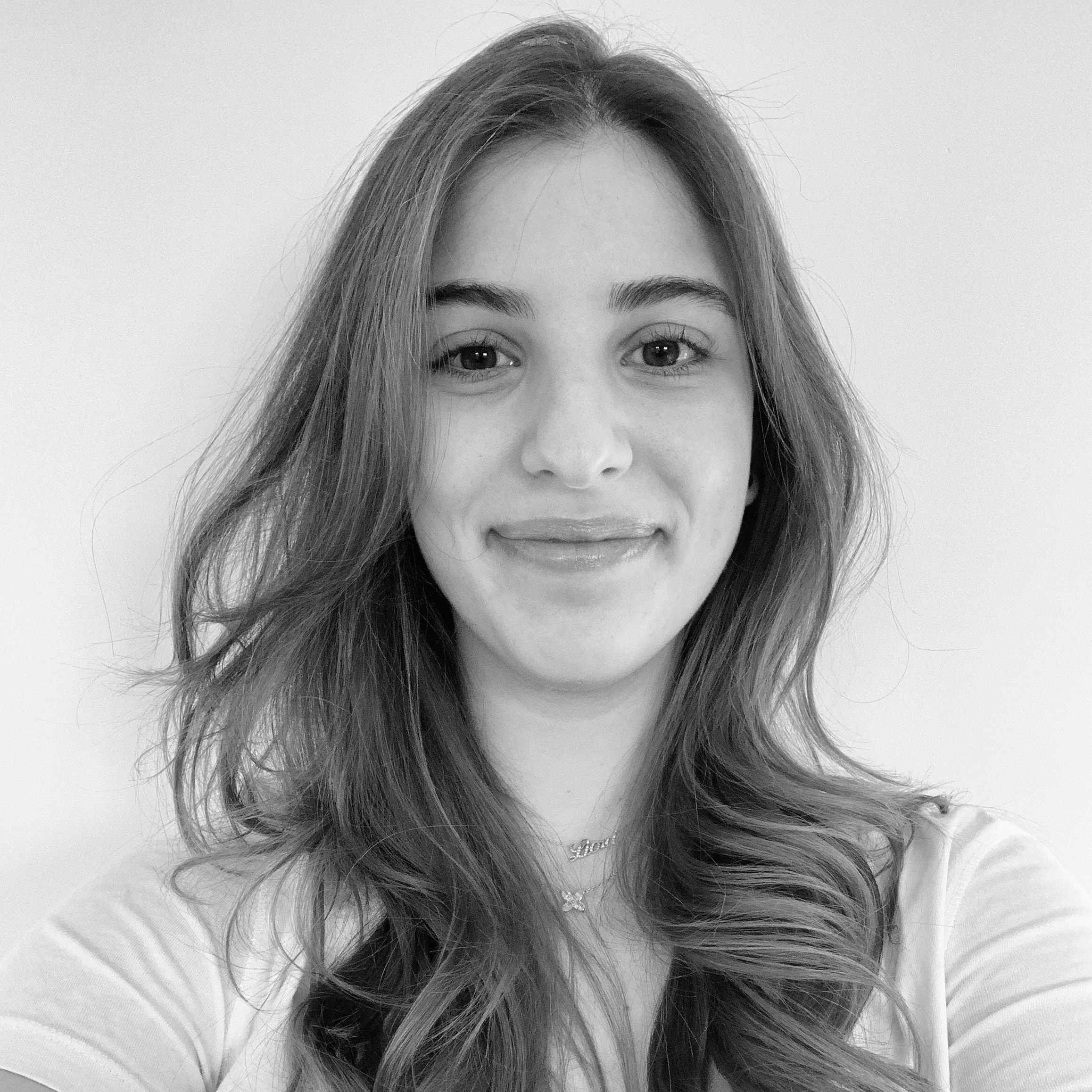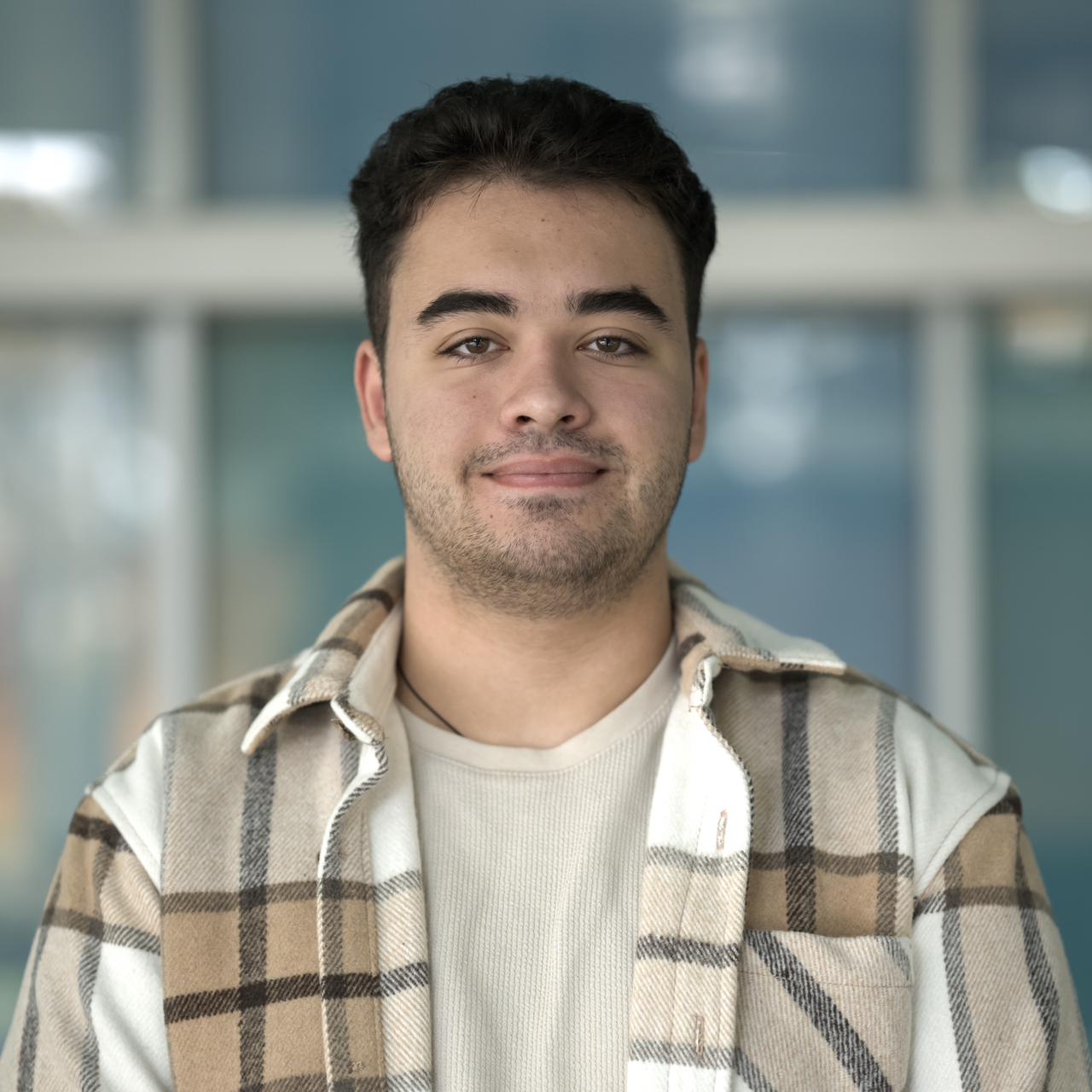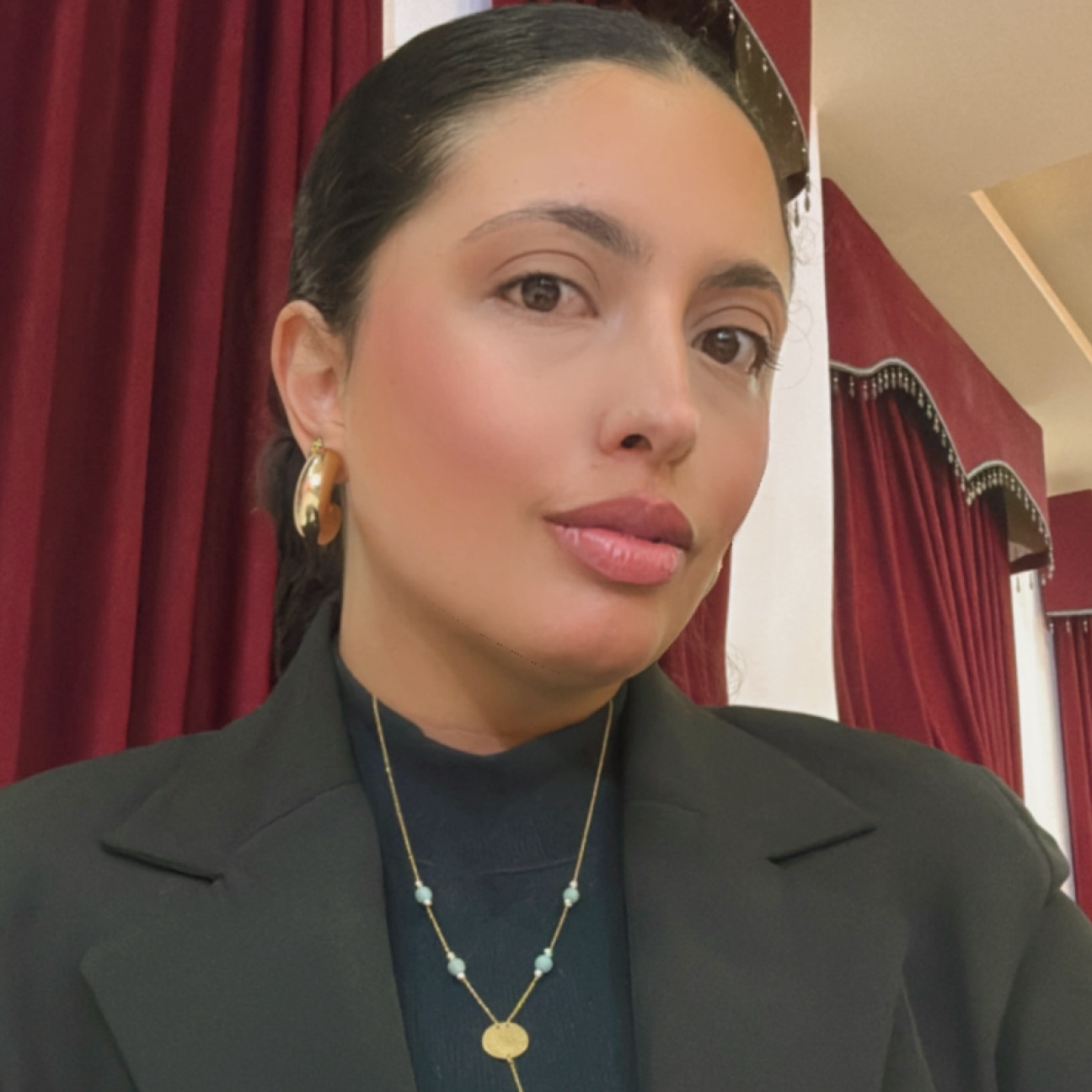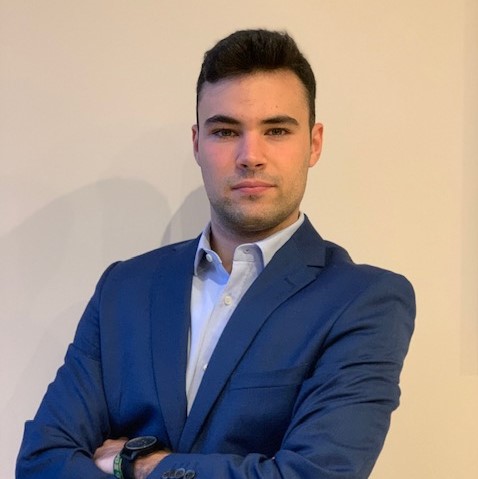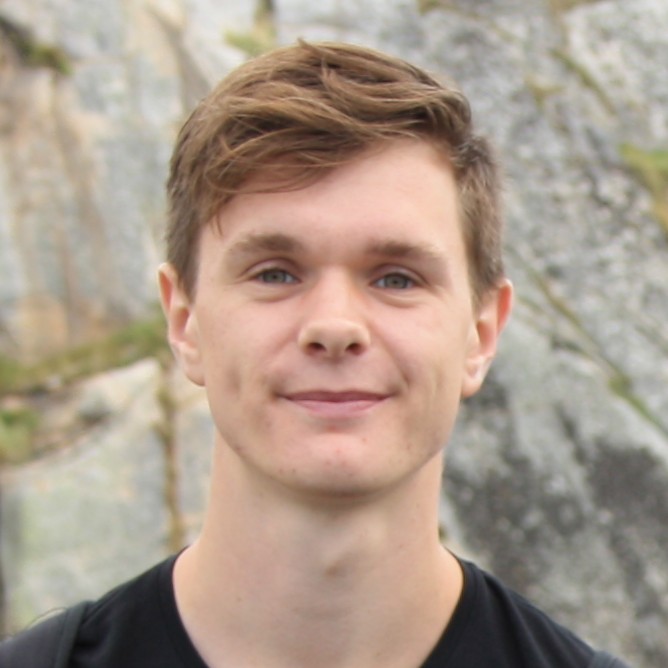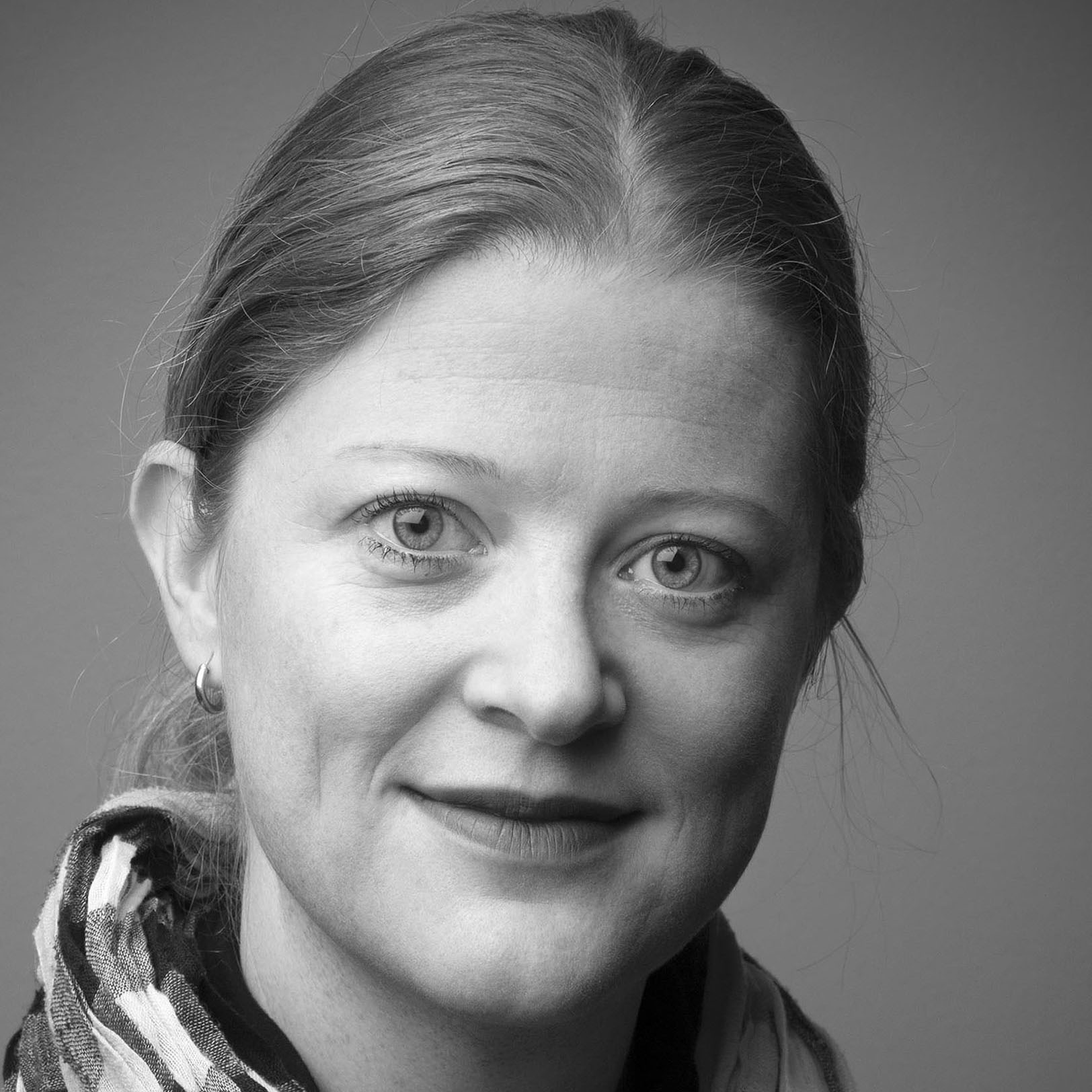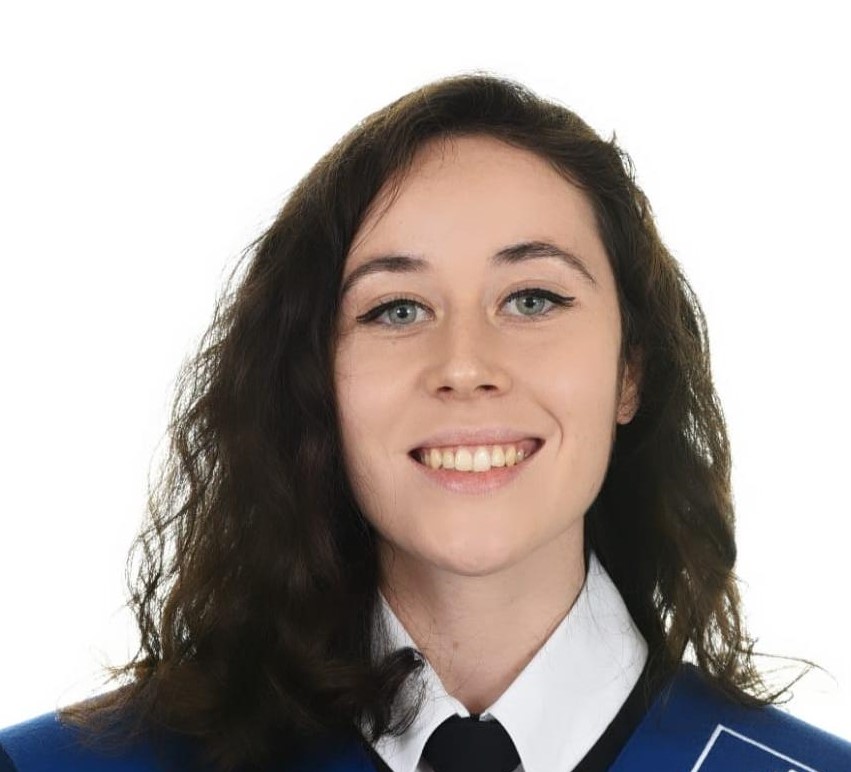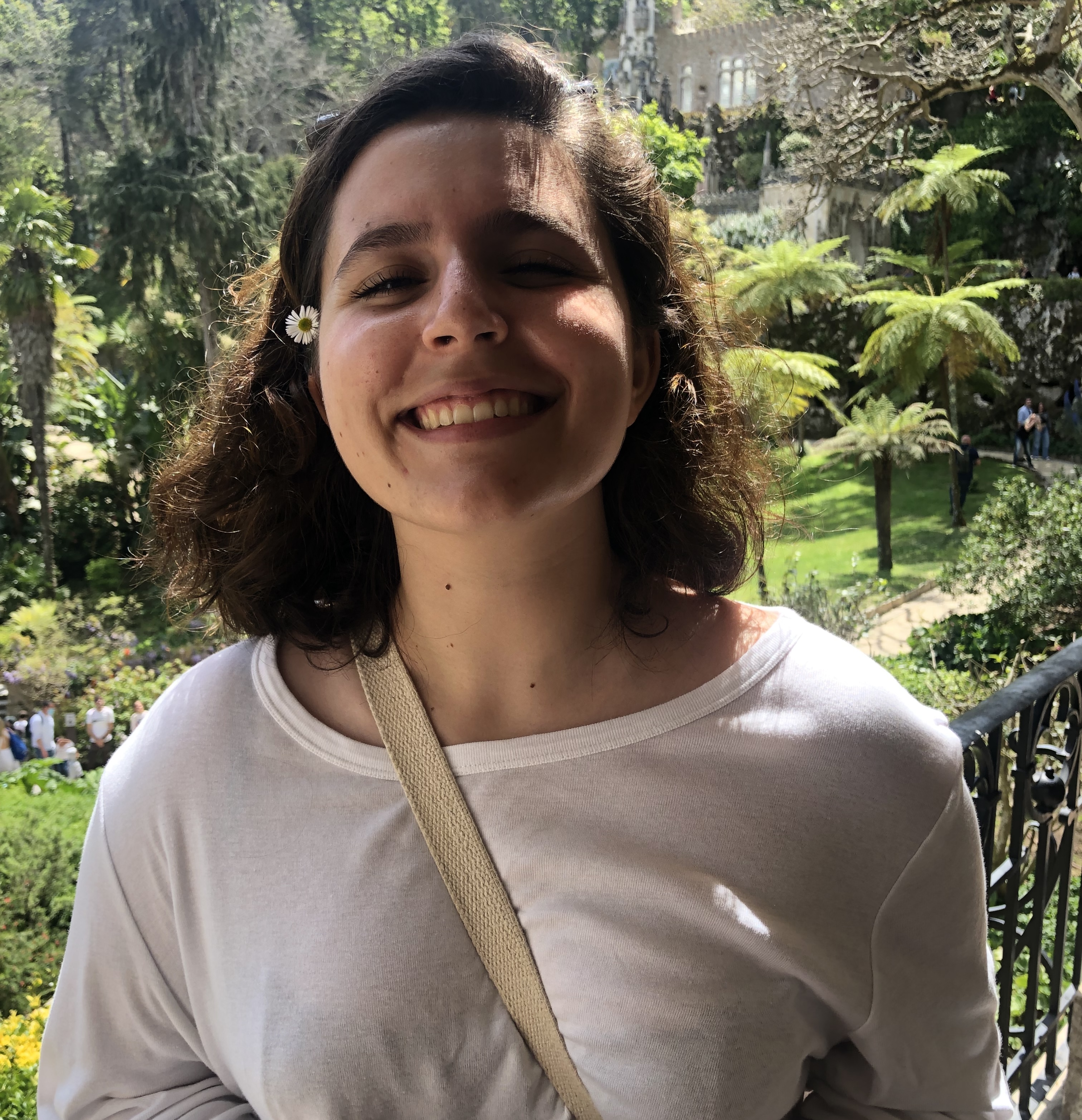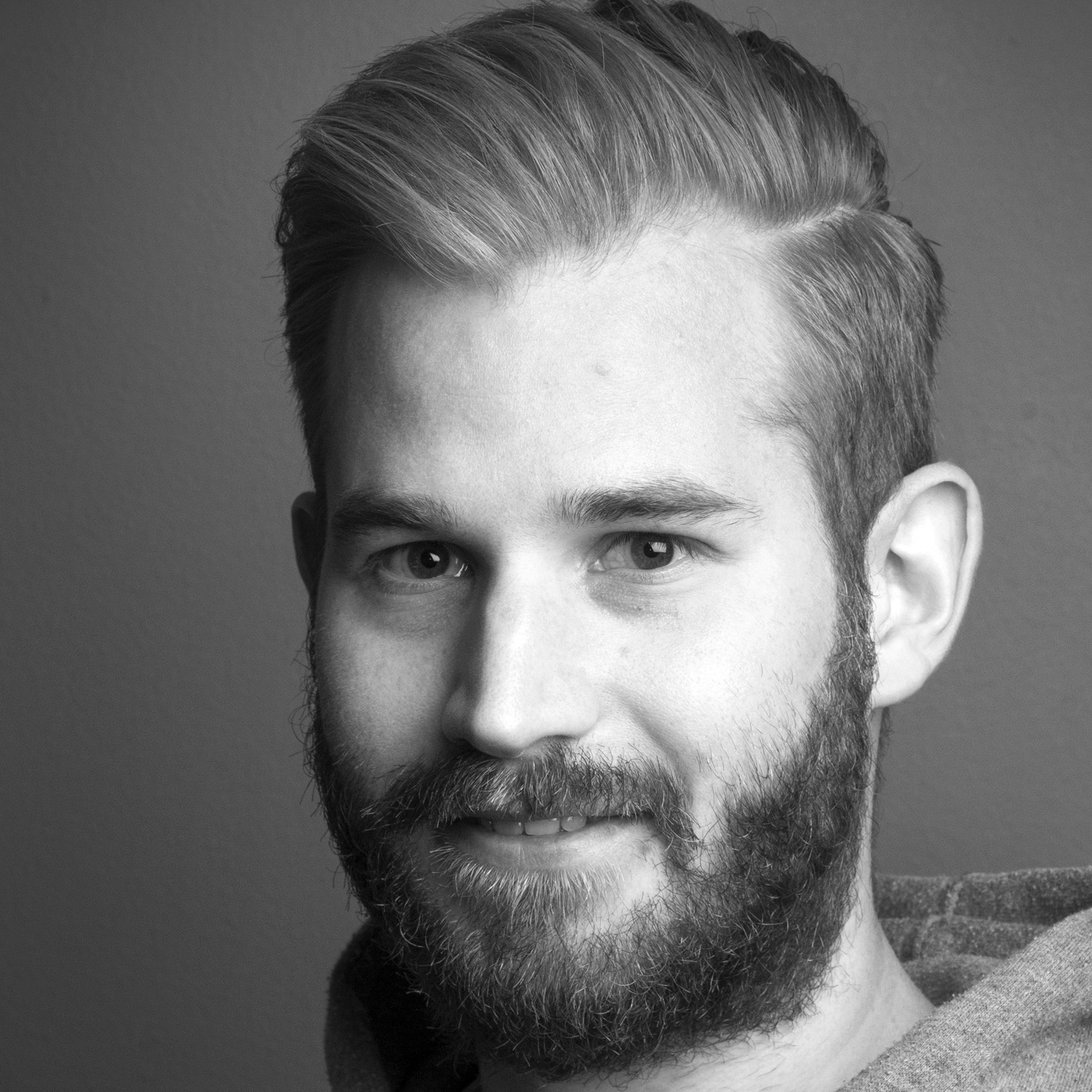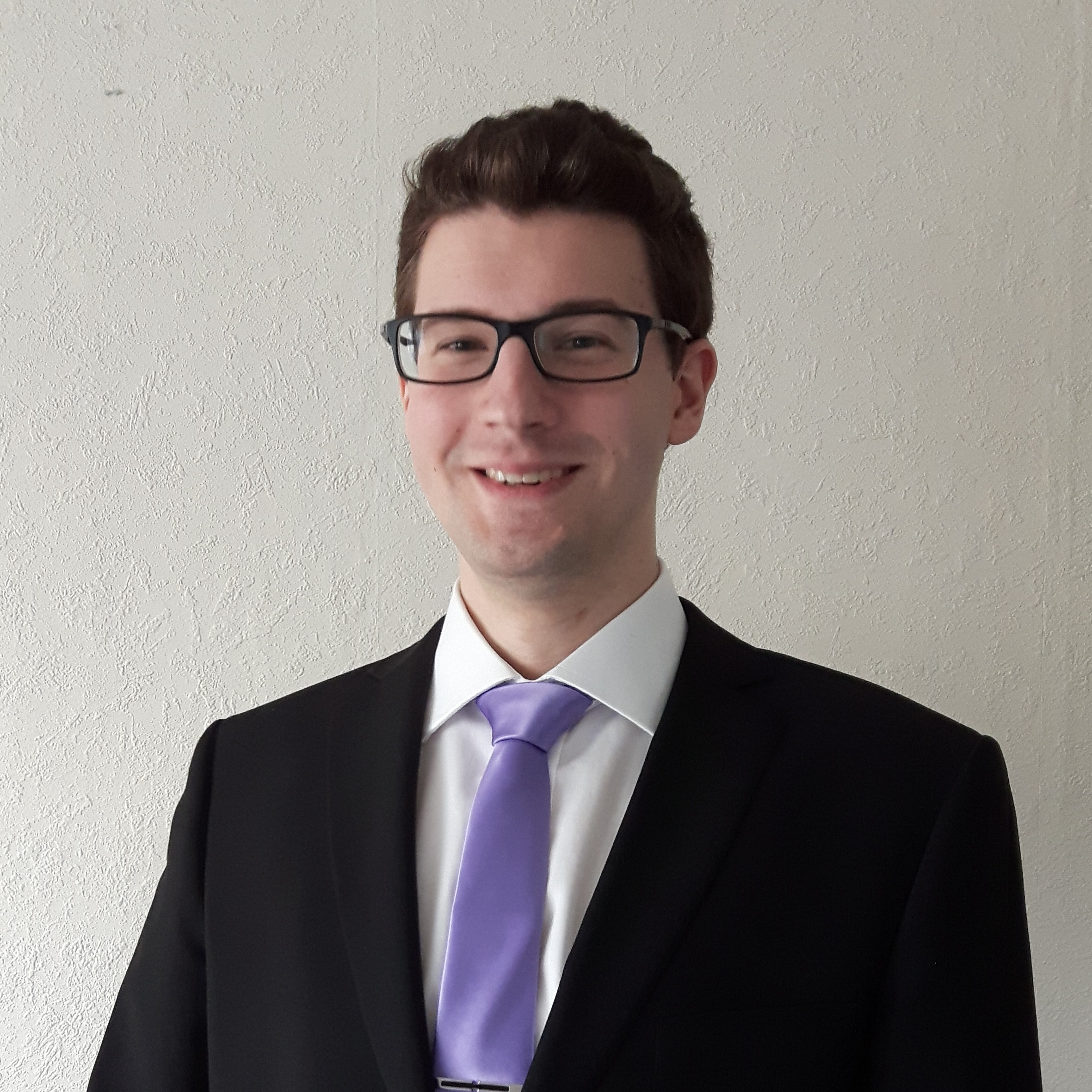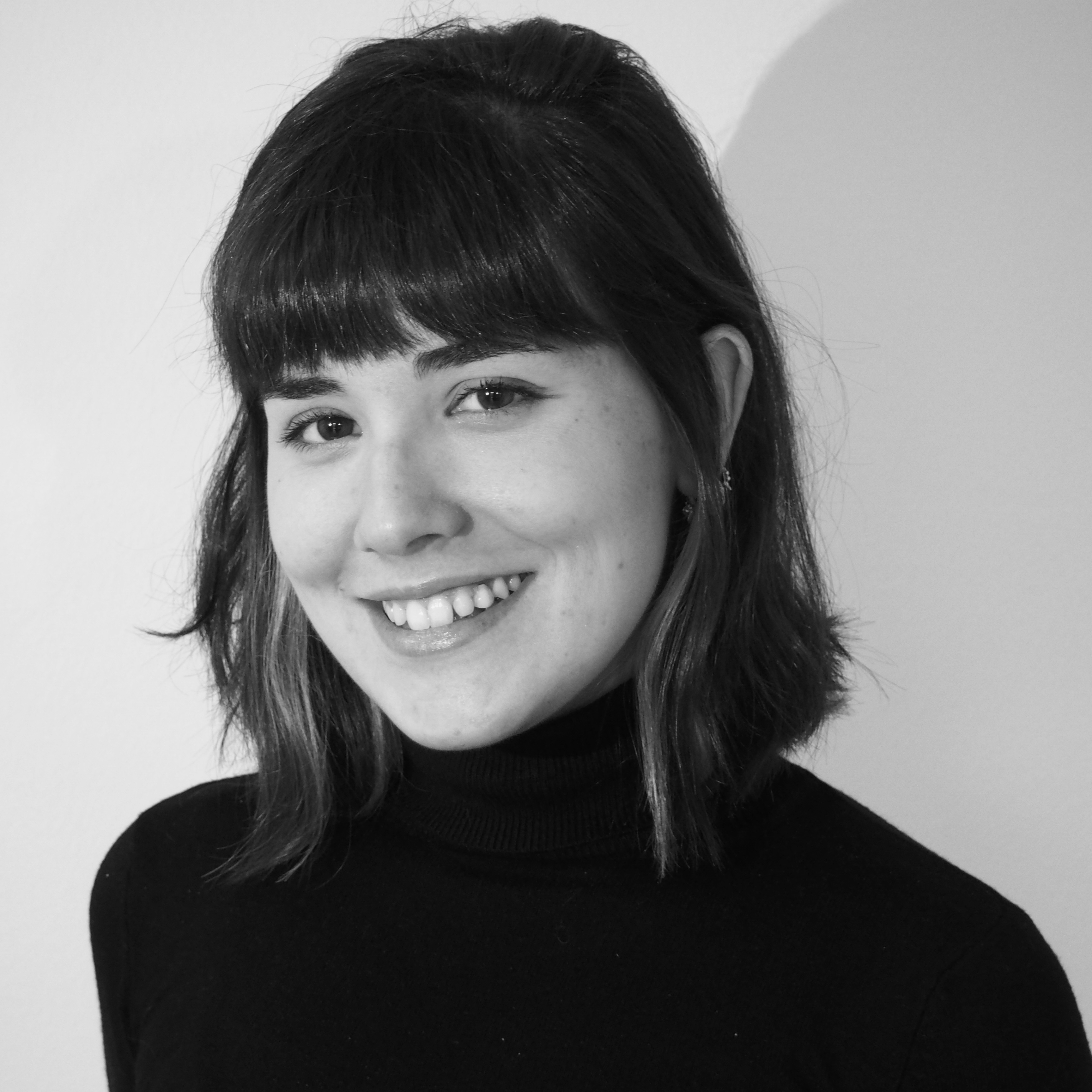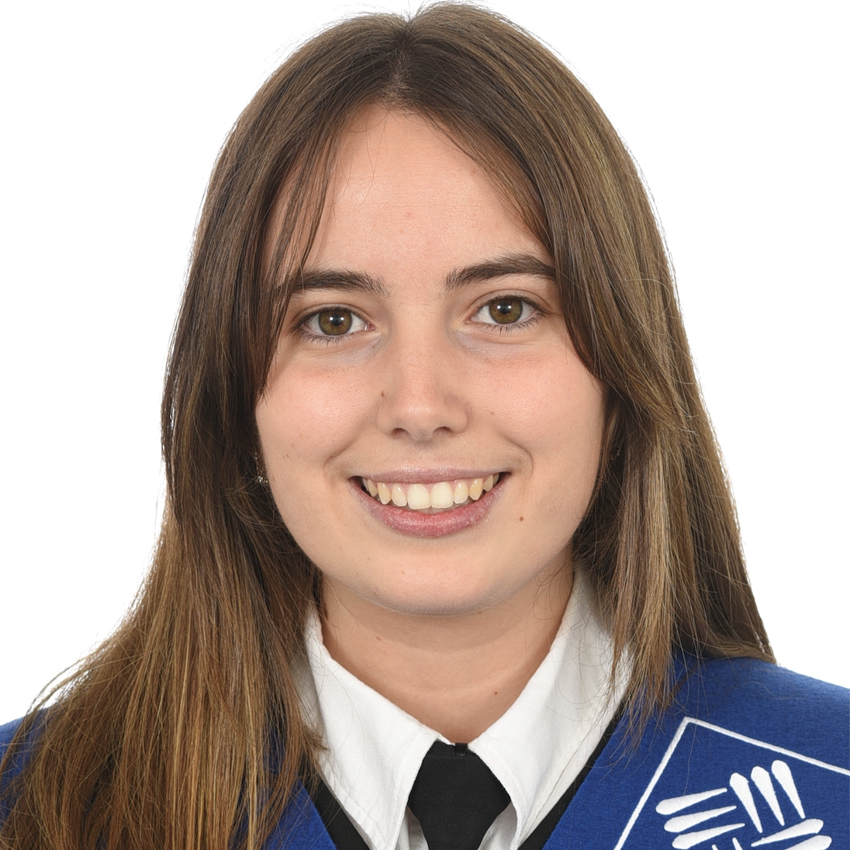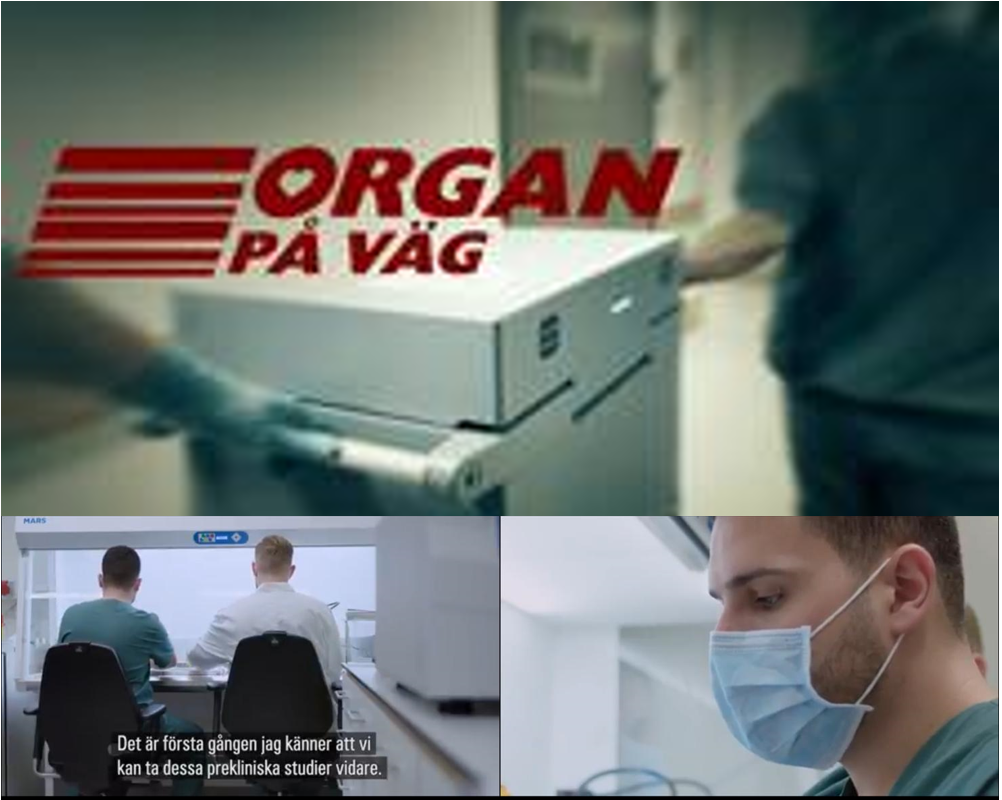LBR Alumni
LBR is most grateful for all of the alumni that contributed to making this lab what it is.
Unravelling the unknown of lung fibrosis to find a treatment for the incurable disease
About me
I come from Gaza, Palestine. I was admitted to the PhD course in August of 2018 at the group of Dr. Darcy Wagner, Lung bioengineering and regeneration (LBR). My PhD project is about finding new relevant transcriptional complexes in the lung epithelium of Idiopathic Pulmonary Fibrosis (IPF).
Popular Summary
Lung fibrosis is a deadly disease with no available cure. Lung fibrosis can be described as an excessive injury to the lung that stiffens it preventing the barer of the disease from breathing. If you think of the lung as a balloon, lung fibrosis is like crumbling parts of the balloon continuously without stopping. Currently, the only available drugs do not help the patients, they only slow down the disease progression. These patients only survive for a few years once diagnosed. This is because we do not understand the exact causes of the disease. My doctoral studies are focused on identifying specific mechanisms related to lung stiffness in order to find new effective therapies for lung fibrosis.
Although the exact causes of lung fibrosis are unknown, many molecular events have been studied and our understanding of the disease is increasing. The lung contains as many as 40 different cell types to carry out the various functions of the lung, some of which are known as epithelial cells. Epithelial cells are located on the surface of the internal parts of the lung and they are responsible for gas exchange (i.e. breathing). These cells are heavily damaged in patients with lung fibrosis. Our research team has found two molecules to be involved in the damage of the epithelial cells, they are called YAP and TAZ, and they are known for their ability to sense changes in stiffness. In lung fibrosis, these molecules are active and are responsible for causing some of the disease characteristics. However, in normal conditions these molecules are necessary for maintaining normal functions. We are using state-of-the-arts techniques to identify the exact roles of these molecules in the different types of cells in health and disease. YAP and TAZ are like good cops that have gone rogue in fibrosis and we are investigating why so we can fix the damage they caused.
The problem with current approved drugs is that they are not specific and that is one of the reasons they do not work. Finding out the exact roles of YAP and TAZ in the lung compartments and learn how they are involved in the progression of lung fibrosis will lead us to finding highly specific drugs. Highly specific drugs will be able to stop the rogue cops without harming the good ones. Additionally, these molecules are involved in several other organs and diseases, thus knowledge gained in this research can be easily transferable to other disciplines.
Outreach to the wider society
Vetenskapens värld episode on Lung Transplantation: “Organ på väg”
Published by author:
Biotech-engineer working on Master's Thesis investigating Lung Tissue Regeneration through Matrix-Cell Interactions
I am an engineering student doing my final semester at LTH in Lund. During my education, I have found that my biggest interests lie in the field of tissue engineering, regeneration and biomaterials and I am very excited to be working with these areas in my thesis project in the LBR lab.
My project aims to investigate what type of ECMs, stemming from either human sources or xenogeneic sources with desired properties, can be used for generating bioinks with the focus on clinical translation, scalability and reproducibility. I will also investigate if these hydrogels supports growth, proliferation and possibly differentiation of different cell types.
Published by author:
Master of Science with emphasis in Pathophysiology and Anatomy - FMVZ- USP-Brazil. Specialist in Molecular Biology and Parasitology - IAL-SP. Bachelor of Biological Sciences UAM-SP.
How does air pollution affect lung health?
Ambient air pollution accounts for an estimated 4.2 million deaths per year due to stroke, heart disease, lung cancer and chronic respiratory diseases. Around 91% of the world’s population lives in places where air pollution levels exceed WHO limits. Exposure to pollutants contributes to the development of chronic obstructive pulmonary disease COPD is lower than exposure to indoor pollutants. The WHO assumes that only 1% of COPD cases are caused by urban pollution in developed countries and the index in less developed countries goes to 2%. However, there is some evidence linking air pollution with the worsening of COPD, in addition to the fact that recognition of negative health outcomes at high levels of pollution and considering that the airways in turn the lung is the main point of entry for distribution of pollution particles to the rest of the body, since ultrafine particles are found in various organ.
The presence of air pollution is not only related to COPD but also inflammation, development of COPD, increased risk of Alzheimer’s development, and other adverse health effects including effects on fetal development through exposure of pregnant women to areas with high concentrations of pollutants. For this purpose, the evaluation of the regenerative capacity of lungs exposed or not to high concentrations of suspended material in the air is important.
The central goal of this project is to investigate where these particles end up in the lung, what they are, and how they affect lung regeneration capacity.
Published by author:

Ingela Byström
- Role: Research Administrator
- Nationality:
Published by author:
Matser of Biomedicine. Research on Human Precision cut lung slice.
I was born and raised in Shenyang, Liaoning Province, China. I completed my Bachelor’s degree in Pharmacy at Shenyang Pharmaceutical University in China. Currently I am doing my master studies in biomedicine at Lund University in Sweden. For thesis project, I am working on an ex vivo model of idiopathic pulmonary fibrosis.
Published by author:
I am a clinician in China but also passionate about new therapies that could provide promising medicine.
I am a clinician in China but also passionate about new therapies that could provide promising medicine. I was admitted to Nagoya University in April 2019 as a Ph.D. student, majoring in stomatology and studying clinical researches focused on its clinical application as an ‘exit’ of regenerative medicine research. By participating in a Joint-Degree Program between Nagoya University (Japan) and Lund University (Sweden) in 15 months since June 2021, I had a chance to join the group of Dr. Darcy Wagner, Lung bioengineering and regeneration (LBR) as a Ph.D. student, pursuing a project about bioengineering therapy in salivary gland regeneration. Radiation therapy for malignant tumors of the head and neck can cause salivary gland dysfunction, which in turn causes a variety of serious oral diseases, such as rampant teeth and dysphagia, which seriously affect the quality of life of patients. At present, salivary gland dysfunction is mainly treated with drugs such as salivary fluid substitutes (artificial saliva) or sialogogue (pilocarpine). It not only has short curative effects, but also requires multiple long-term medications, but still has side effects that cannot be ignored. The most important thing for therapeutic effect of these treatments is closely related to the residual salivary gland functional cells after irradiation. Cell therapy is faced with deficiencies such as difficulty in extracting salivary gland stem/progenitor cells, high risks related to stem cell transplantation, and ethical issues. Other treatment methods include surgical displacement of the relevant glands in the radiation area before radiotherapy or the use of radioprotective agents, or the use of more advanced intensity-modulated radiation therapy to improve outcomes of radiotherapy. However, the former is an invasive operation; although the latter improves the accuracy of radiotherapy and may restore part of the salivary gland function, damage to the maxillofacial glands is unavoidable. In view of this, finding a more feasible treatment for salivary gland dysfunction has important clinical significance. My project is to explore the enigmatic mechanisms of radiosensitivity for salivary glands, also develop bioactive scaffolds to construct an organized branched structure with saliva-secretory function, hoping to provide more options for the recovery of salivary gland dysfunction and to repair the various disorders in its nearby tissues.
Published by author:
Finding solutions for bioengineering lung tissue
About me
Hello! I am a PhD student trying to find solutions for next generation bioengineering of lung tissue for transplantation. During my free time I like to be in the nature and love most outdoor activities including skiing, hiking and hunting for mushrooms.
Popular Summary
For many patients with end-stage lung diseases, lung transplantation is the only option to save their lives. However, there are not enough lungs to meet the clinical demand. Because of this, many scientists are looking into making new lungs in the lab, also known as lung bioengineering.
During the PhD I have investigated key aspects of lung bioengineering and bioengineering as a whole with a focus on 3D bioprinting, that is to print materials (known as bioinks) together with cells. Investigating the bioinks, cell types and bioprinting methods that allow for viable tissue is important and I have developed of a bioink which can be bioprinted together with lung cells to make small airways.
The lung is made out of cells and proteins (known as ECM) that support the cells and tells them how to behave. To develop a bioink that is biologically close to lungs, lung ECM is combined with a material that can easily be made into different shapes: alginate. The combination of alginate and ECM results in a bioink which we call reinforced extracellular matrix (rECM) bioink. rECM bioinks can be 3D bioprinted together with patient cells into small airways that remain patent over time.
After the bioprinting, the patient cells stay alive and behave consistently to native small airways. When transplanted into mice the material integrates in the surrounding tissue with blood vessel and capillary formation.
This work is a critical stepping stone for future studies looking into generating tissue via 3D bioprinting and which could result ideally one day into a source of lung tissue for transplantation purposes.
Published by author:
Scientific coordinator with a PhD in microbiology.
I defended my thesis and got my PhD at Lund University in 2003, after that I did a PostDoc at Malmö University Hospital, Sweden, and then worked in the private sektor for a few years. Since 2008 I am back at Lund University now on the administrative side of the research. I am deputy coordinator at Neuronano Research Center (NRC) and scientific coordinator in Lung Bioengineering and Regeneration, both at Lund University.
Published by author:
Science is an ongoing process of learning and exploration
My name is Tera Kispa, and I am a Master’s student in Molecular Biology at Lund University. As part of the Lung Bioengineering and Regeneration group, my thesis focuses on characterizing Air-Liquid Interface (ALI) culture from human-derived airway cells on electrospun polycaprolactone to improve in vitro airway models. Before my master’s program, I earned a Biology degree and worked for nearly nine years as a supporting researcher at Indonesia’s largest pharmaceutical state-owned enterprise. There, I contributed to a project with the National Referral Hospital to develop mesenchymal stem cells (MSC) for clinical use. Outside the lab, I enjoy swimming and exploring several Skåne national parks. I am grateful to be part of this research group and look forward to contributing to lung bioengineering and regenerative medicine.
Research in Idiopathic Pulmonary fibrosis
Hi! My name is Laura and I am from Spain. I am currently doing a B.Sc. in Biomedicine at the UFV in Madrid, but I am here at Lund University to prepare my final bachelor project and expand my knowledge! Here I am part of a research project in the Hippo signaling of Idiopathic Pulmonary fibrosis.
Exploring the art of physiologically recellularizing decellularized murine lungs
About me
I grew up in a small village south of Vienna but came to Lund to study a Bachelor in Biomedicine at Lund University. At a mandatory presentation session during my studies I stumbled upon Dr. Darcy Wagner’s research and her (at that time) newly started Lung Bioengineering and Regeneration Lab and was fascinated. After a good talk about how there is a general lack of mountains for skiing in Skåne (the flattest part of Sweden) with Dr. Wagner, I ended up doing a summer research project in her lab. After that, I did my Bachelor’s thesis project in the LBR and am currently back a third time to work on the recellularization of decellularized murine lungs for a 60-credit Master’s project.
Published by author:
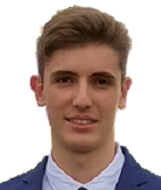
Alejandro Frías Moreno
- Role: Bachelor student
- Nationality: Spain
My name is Alejandro Frías Moreno and I am a biotechnology and pharmacy student in the Francisco de Vitoria University, in Madrid. I am currently doing my thesis final project based on the comparison of ECM hydrogels with plastic surfaces or single ECM protein coatings to improve cell growth and differentiation on cell culture. During my internship I expect to improve my critical thinking and my laboratory skills.
Published by author:
BSc Medicinal Chemistry and Chemical Biology
I am a student guest researcher at Lund University, working within the Lung Bioengineering and Regeneration Lab. My research focuses on optimizing the reverse clearing technique for extracellular matrix analysis using FTIR spectroscopy and computational modeling with COMSOL Multiphysics. By integrating experimental data with simulation-based approaches, I aim to enhance tissue clearing protocols.
Published by author:
Research in Tissue Bioengineering
I am Sondos Odeh, and I am a faculty member at the College of Science and Technology at Hebron University, Palestine. I hold a Bachelor’s degree in Biology and a Master’s degree in Molecular Genetics. where my thesis focused on studying the role of TET3 enzyme in breast tumorigenesis. This experience sparked my interest in cancer research and motivated me to further explore the molecular mechanisms underlying tumor development. I was awarded the Palestine-Quebec Science Bridge Award, which brought me to Dr. Darcy Wagner’s lab, where I’m currently learning tissue bioengineering; a fascinating field that brings together biology and engineering. This hands-on experience is helping me build the skills I need to pursue a PhD in cancer sciences. I’m especially interested in creating models that mimic the tumor microenvironment in order to study cancer hallmarks such as invasion and metastasis and epithelial-mesenchymal transition, to explore how tumors grow and respond to treatment.
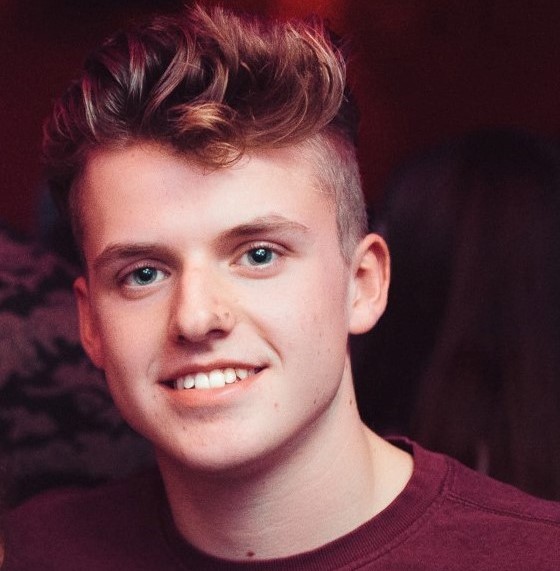
Plattiau Pieter
- Role: Intern Guest researcher
- Nationality: Belgian
Being a scientist is like looking for the breaker switch during a power outage, you know you'll get there, but you just don't know when.
Published by author:
Investigating the role of embryological signaling in adult lung regeneration
About me
I´m born and raised in Skåne, Sweden and received my first undergraduate degree, an MSc in Biology from Lund University. I conducted my PhD in the Airway Inflammation and Immunology group at Lund University, where I studied vascular remodeling in lungs following allergic airway inflammation, but also neutrophil responses following infectious airway inflammation.
Following my PhD, I did a first postdoc in rheumatology (Lund University/Lund University Hospital) where I developed and described a model for systemic sclerosis/scleoderma, an autoimmune disease characterized by dermal fibrosis but commonly also in other organs such as kidney or lungs. I did a second postdoc in the Lung Biology group (Lund University) studying development of pulmonary fibrosis, mainly focusing on the effect of vascular inflammation in this process. Following this postdoc, I received a position as Assistant Professor, and during this time I started investigating the role of Wnt-signaling in development of Idiopathic Pulmonary Fibrosis (IPF).
I became a Docent (Reader/Associate Professor) in Experimental Pulmonary Medicine 2016, but realized I wanted to become an MD and work as a clinician. I thus went back to school to get a second degree, finishing in December 2020. During my education I have remained active as a researcher, seeking to merge a preclinical background with my clinical present and future.
Popular Summary
My research focuses on embryological signaling pathways which are also essential in adult regeneration. In order to regenerate tissue after damage regenerative processes needs to be initiated, but also terminated at an appropriate time. If regeneration fails to start the tissue will not be restored, which is believed to occur in development of emphysema. However, if the regeneration is not terminated when the tissue is restored, the scar tissue will continue to accumulate resulting in fibrosis. Thus, the Swedish word “lagom” (meaning “just right”) is truly the golden standard when it comes to regeneration.
My research focuses on an embryonic signaling pathway known as Wnt/β-catenin-signaling, which is a key signaling pathway in embryological development but also in regeneration and tissue repair in adults. Wnt/β-catenin-signaling is involved in a number of fundamental biological processes, such as proliferation, migration and invasion, and are known to be dysregulated in many forms of cancer.
β-catenin-signaling is known to be decreased in emphysema and increased in pulmonary fibrosis, but the mechanisms underlying this alternate regulation is unknown. My research focuses both on how normal endogenous control mechanisms fails, as well as on the possibility to normalize the signaling by pharmacological interventions.
Published by author:
Research on the role of Yap/Taz proteins in Idiopathic Pulmonary Fibrosis
My name is Inés Mínguez Santos and I am a biomedicine student at Francisco de Vitoria University, in Madrid. I came to Lund to do my final thesis project, and become a better scientist. My research here consists in the identification of Yap/Taz binding partners in the context of idiopathic pulmonary fibrosis.
Published by author:
Biomedicine Undergraduate doing a reverse Optical Clearing project.
Assisted by Dr. Darcy Wagner´s team and Dr. John Stegmayr on developing an efficient technique to reverse solvent-based optical clearing of whole organs, allowing to support the data obtained with light sheet fluorescence microscopy using histology-based staining methods like H&E, Masson’s trichrome, or immunofluorescence.
Published by author:
Biomedical Engineer dedicated to finding solutions in the area of Tissue Enginnering
Hello! My name is Thomas Syski, born in Warsaw, Poland but mostly raised in Sweden. I have a background from LTH in Lund in Biomedical Engineering. Did my B.Sc. project at The Faculty of Biology at Lund University working on the project “Utilization of Electrospinning and Electrospray for the creation of Bioresorbable 3D Scaffolds.” Currently working here at LBR with my M.Sc. project: “3D bioprinting of multiple cell types into structures resembling human airways”.
Exploring the potential role of lymphatic vessels in lung de- and recellularization processes
About me
Hello! I was born and reaised in Madrid, Spain. I received my degree in pharmacy from the University Complutense of Madrid in 2019. My interest in advanced therapies, led me to study a master’s degree at the Universidad Francisco de Vitoria, Madrid. In this master course, called “Advanced Therapies and Biotechnological Innovation”, I expanded my knowledge in fields such as nanotechnology, genetic engineering, stem cells or tissue engineering. At this moment, I am preparing my final master ´s thesis in Darcy Wagner’s laboratory with the aim of becoming a great researcher one day.
Master´s Thesis Project
Chronic lung diseases are one of the top 3 causes of death worldwide. For patients who are not helped sufficiently by medications alone and that suffer from pulmonary diseases like chronic obstructive pulmonary disease (COPD), cystic fibrosis, and pulmonary fibrosis, the only medium to long term solution is lung transplantation. However, donor tissue is very scarce in relation to demand, in addition, long-term survival when lung transplantation is performed is much lower than with other types of organs.
A possible solution to this problem, is tissue engineering. Within this discipline, organ decellularization is an emerging technique for generating a scaffold which can be subsequently reseeded with cells with the goal of generating functional tissue. The goal of decellularization is to eliminate native cells using chemical and physical methods while maintaining the 3D structure of the organ during the process. This three-dimensional scaffold could be reseeded with cells from a transplant candidate, thus minimizing rejection. The decellularization process in lungs has been carried out via blood vessels and through the airways, separately and in combination. Recellularization has been achieved via the same major access routes in the lung.
In the lungs, we find another very important system that plays a crucial role in transplantation: the lymphatic system. Lymphatic vessels are essential for the uptake of fluid, immune cells, macromolecules and lipids from the interstitial space. This molecule drainage plays an essential role in maintaining interstitial fluid balance in the lung allograft. However, this system is completely disrupted during lung transplant surgery and the effect of this disruption in lung transplant is still not known. In addition, this system has not been explored as a new possible pathway for decellularization and recellularization techniques, but since it is a network that extends throughout the organ, it could bring significant advantages over traditional techniques, especially in fibrotic lungs in which due to the over expression of collagen, the detergents used to decellularize penetrate with greater difficulty.
For my master´s thesis, I will explore the potential role of the lymphatic vessels during de- and recellularization of lung tissue.
Biomedicine student investigating how the coactivators Yap/Taz participate in Idiopathic Pulmonary Fibrosis
I am Irene a biomedicine student at Francisco Vitoria University and I am currently doing an internship at LBR Lab to fulfill my final bachelor project and gain experience working in a research group. I am focusing on how YAP/TAZ coactivators are involved in the physiopathology of the Idiopathic Pulmonary Fibro
